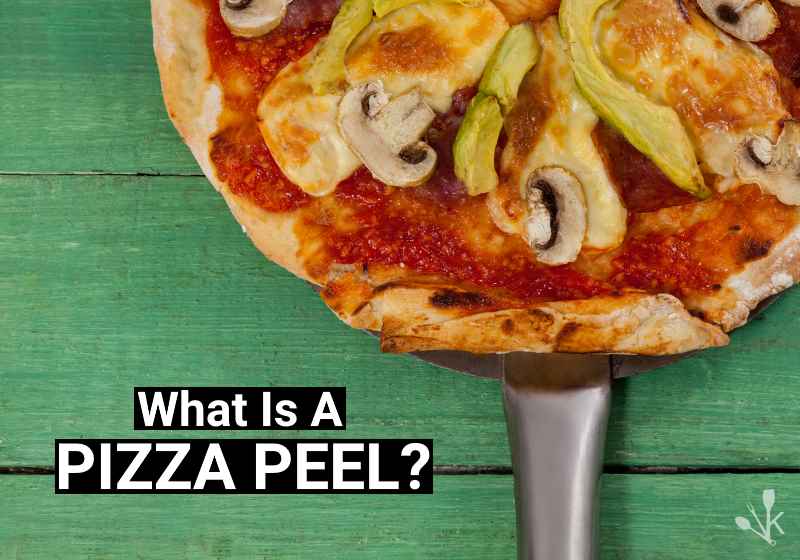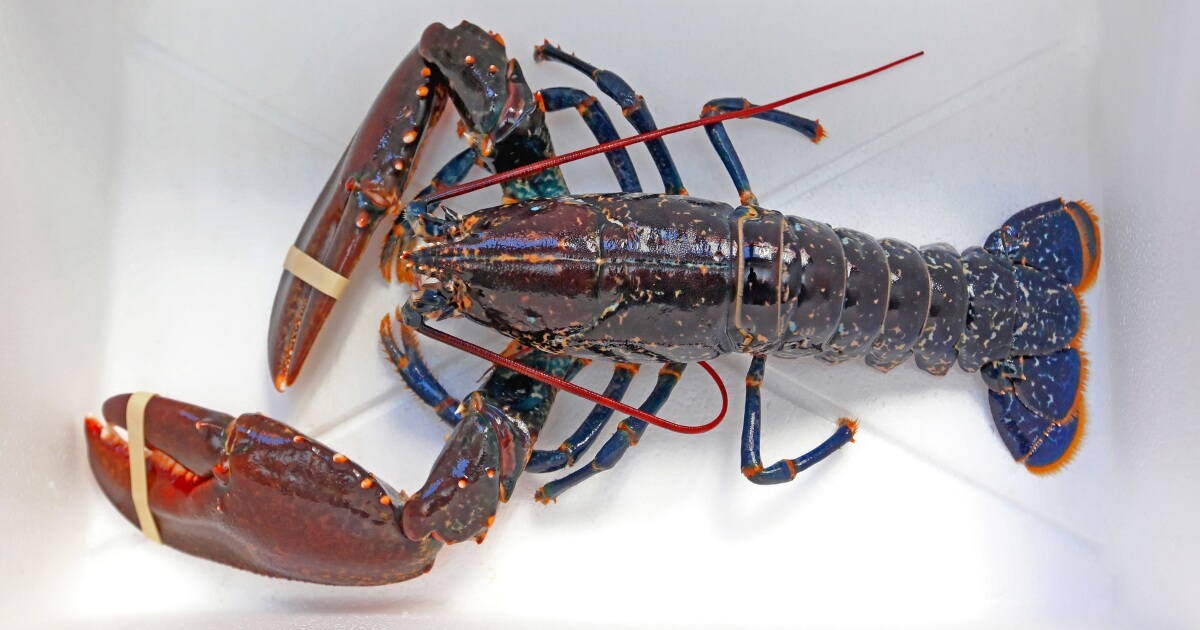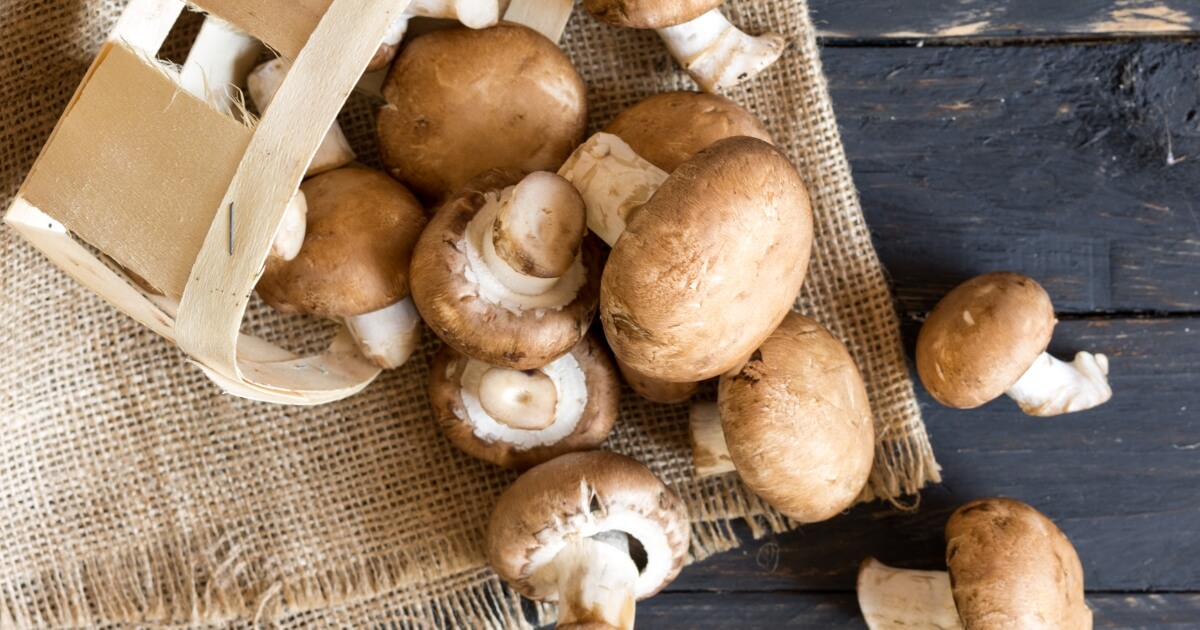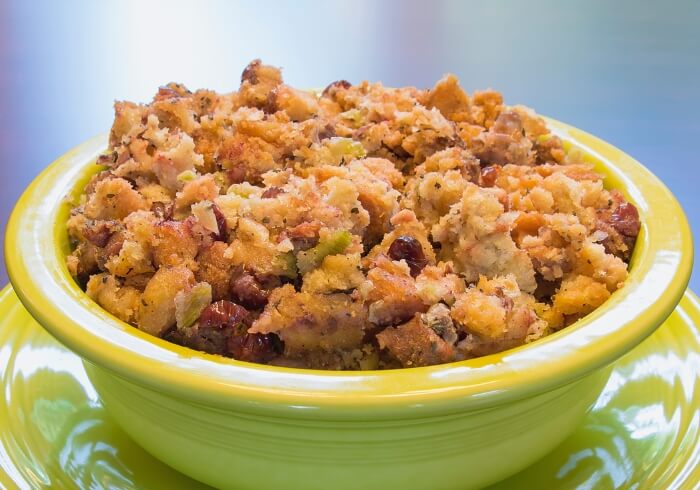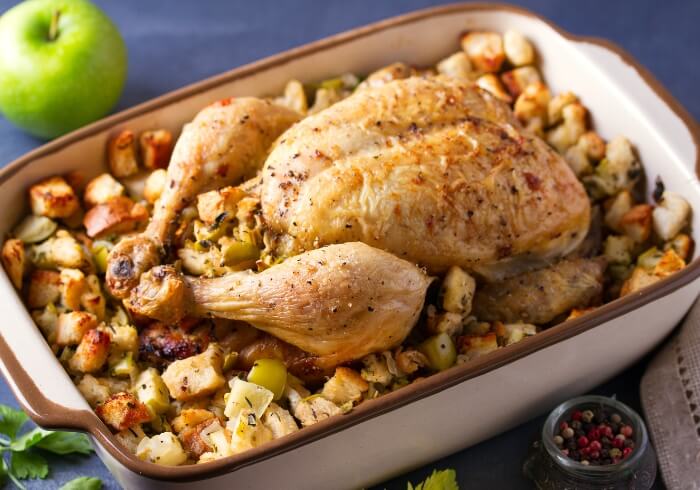Pizza peels are nifty tools used for maneuvering pizzas into and out of your oven, avoiding spills and nasty burns.
With a dusting of cornmeal, you can build a homemade pizza right on top of your peel and transfer it smoothly to a hot pizza stone or into your oven, safely creating a professional pizza oven finish at home.
With the appearance of a flat spade or paddle, pizza peels make your life a great deal easier and help you to create the most delicious pizzas right in your own kitchen.
Do You Need A Pizza Peel?
If you ever cook pizza at home, whether in a standard oven, a specialized pizza oven or using a pizza stone, you will greatly appreciate the benefits offered by a pizza peel.
SEE ALSO: Best Pizza Peels
Firstly, there’s the convenience and ease of use. No longer will you have to balance a pizza piled high with ingredients on an ill-fitting plate or carry it by hand to the oven, losing half your toppings on the way.
The right pizza peel transfers pizza into and out of the oven with no fuss and no mess.
Secondly, pizza peels provide the extra element of safety. The long-handled versions help you slide your pizza into – and out of – your oven while keeping your hands and arms away from flames or hot surfaces.
There’s no more fumbling around trying to handle a pizza dripping with molten cheese, simply slide the peel underneath and whip it out.
Whether you’re a die-hard pizza connoisseur who takes great pride in creating the perfect pizza masterpiece or get the occasional craving for a taste of homemade Italian fare, once you get your hands on a pizza peel, you’ll wonder how you ever coped without it.
Types Of Pizza Peels
Although all pizza peels fulfill the same basic function, there are a variety of shapes, sizes, materials, and features.
Handle size can vary, from short and compact to long, extended handles. Short handles are great for small countertops, so you can prepare your pizza directly on the peel without a long handle getting in the way.
Longer handles are great for reaching deep into bigger ovens or wood-fired pizza ovens to safely retrieve the pizza without getting burned. Choose the right length according to the size of your kitchen and oven.
Some people prefer to have one short handled for prep and one long for transfer.
Depending on the material used to create your pizza peel, some may be perforated with small holes. The advantage of this design is that they are lighter, and allow any excess flour to escape instead of sticking to the pizza and burning during cooking.
You can buy pizza peels with either square heads or circular heads. Square heads are most handy for angling underneath pizzas and allowing for a smooth, even slide when transferring the pizza, while circular heads are often useful for turning and rotating a pizza during cooking.
Pizza peels are available in three basic materials, wood, metal and composite. Each has its own pros and cons.
Wooden Pizza Peel
Wooden peels are attractive and give an authentic, traditional look. However, they are more style over substance when it comes to usefulness.
We love that you can slice your pizza up and serve it directly from the peel, saving yourself using (and washing) extra dishes.
The downside of wooden pizza peels is that they not as hard-wearing as other materials. Wood can warp when it gets wet and is also prone to staining.
Wooden peels are also less practical when it comes to transferring pizzas. Because wood is a lot thicker than metal, it can be tricky to slide the peel underneath your pizza when it’s time to retrieve it.
Lastly, wood is not fireproof. If you use a wood-burning oven or open flames to create your pizza, you may end up with a charred peel.
Metal Pizza Peel
Metal pizza peels are most commonly made from aluminum, but you might find steel peels too. Aluminum is lighter and easier to maneuver than steel.
Steel pizza peels are easy to clean, super low maintenance and thin enough to easily slide under your pizza.
Unfortunately, the dough may be more likely to stick to a metal peel, but this can be corrected with flour, cornmeal, or parchment paper.
Metal peels are a bit more expensive than wood, but they are also more durable in the long run. Because of the nature of wood, you’ll probably be replacing a wooden pizza peel more often, so the cheaper price of this material quickly loses its appeal.
Composite Peels
Composite peels are easier to care for than a wooden peel and slightly thinner, but still a little too thick to be practical. They are also far less attractive than a wooden peel and really only suitable for the preparation part of pizza making.
Often, composite-based pizza peels lack long handles, so are really only useful for pizza construction and nothing more.
Round Vs Square Peels
Square peels are a safer choice that many more traditional pizza chefs use. As the pizza slides off the peel, it is supported in the widest part by the breadth of a square peel.
Square peels are designed to be used front on for “launching” and “retrieving” a pizza. For at-home chefs, your best bet is a square peel.
A round peel is more versatile and can approach the pizza from any angle. Professional pizza makers tend to opt for a rounded peel, as they need to be able to reach the pizza in the far corner of an industrial-sized oven.
How To Use A Pizza Peel
- Preheat your oven while you prepare the pizza.
- Dust the pizza peel with flour or cornmeal to prevent dough from sticking, or line it with parchment paper.
- Lay your dough on the peel and fold up the edges to help contain the toppings.
- Add desired toppings to your pizza.
- Lightly jerk the pizza peel to ensure your pizza still slides loosely – but don’t jerk too hard and lose the entire pizza!
- If your pizza sticks, gently lift the edges and apply more flour or cornmeal until it slides freely.
- Transfer your pizza to the oven, gently sliding it off the pizza peel onto your chosen surface.
- Bake the pizza.
- When done, slide the peel underneath the pizza to fetch it from the oven.
- Cut and serve directly from the peel (if wooden) or slide the pizza off onto your serving dish.
If you’re using a baking stone in conjunction with your pizza peel, preheat the oven with your baking stone inside until everything reaches 450 degrees Fahrenheit / 232 degrees Celsius. While the oven is heating, prepare your pizza on the peel.
Use room temperature dough and don’t let your pizza get too big; large circles of raw pizza dough will not slide easily. Dust your peel with flour or cornmeal.
We recommend using wheat and rice flour to keep your pizza from sticking to your peel. Cornmeal will work, as will parchment paper.
Fold up the edges of the dough to give your pizza some shape and prevent spills of sauce, toppings or oil. If you’re using a yeast crust, prick the dough to avoid bubbles. Brush the crust with olive oil, then add your toppings.
Anyone interested in making homemade pizza should work with room temperature ingredients. Adding cold pizza dough to a hot stone can break the stone, putting you at risk of burns and leaving you with a huge, dangerous mess.
Once your pizza is assembled, shake it around on the peel to make sure it’s still able to slide. If it sticks, lift around the edges of the dough and add flour until you locate the area that’s sticking, then shake it again to keep it loose.
You can avoid dealing with wheat flour, rice flour or cornmeal by building your pizza on parchment paper.
When your pizza is loaded up and ready to cook, carefully carry it on the peel over to the oven and gently slide it off onto your cooking surface.
At the end of the cooking time, slide the peel underneath the pizza and remove it from the oven, then slide the pizza onto your chosen serving dish.
Some people like to use a wooden pizza peel for preparation and serving and a metal pizza peel for transferring and retrieving the pizza.

